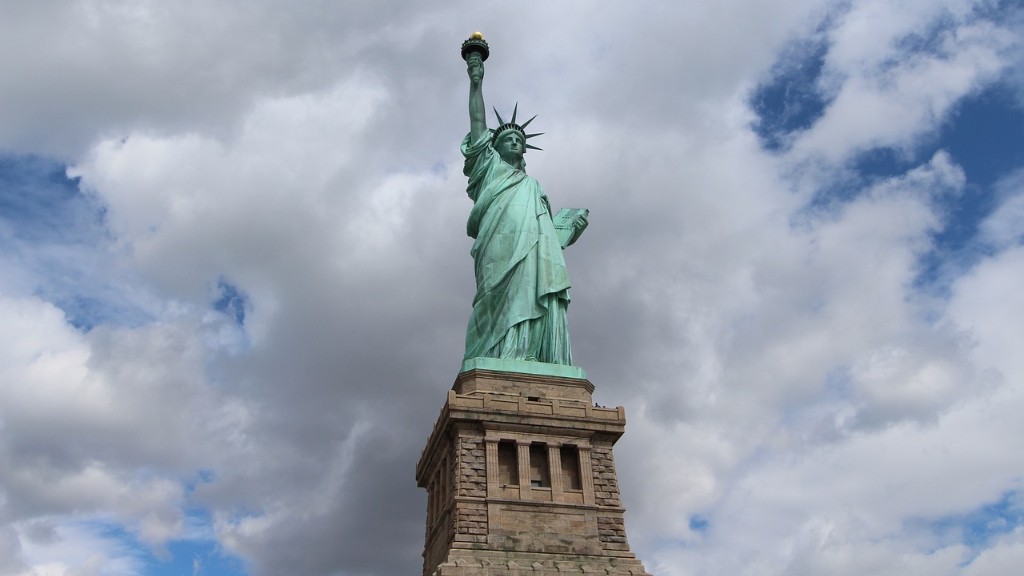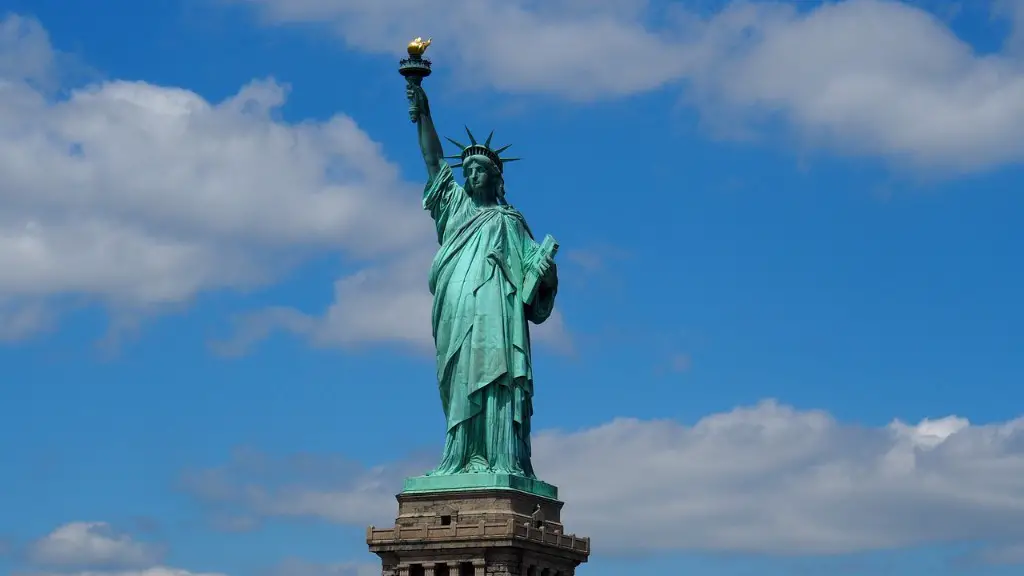Climb to the summit of Mount Kilimanjaro is a unique and thrilling experience that thousands of mountaineers make each year. Standing at a height of 19,340 feet, Kilimanjaro is the highest mountain in Africa and is the world’s tallest free-standing mountain. So, how long does it take to climb to the summit?
Due to the unpredictability of the weather conditions and the physical demands of the climb, the amount of time required to reach the peak depends on several factors. Many treks take 5 to 9 days, with the shortest recommended time being 7 days. Generally, the routes taken include the Marangu, Machame and Lemosho routes.
To climb Kilimanjaro successfully, you need to be in good physical condition and have an adequate amount of time to prepare. You should also have adequate gear, including sturdy boots, warm jacket, gloves and a hat. Additionally, you need to take adequate precautions to prevent altitude sickness, which is one of the most common risks associated with the climb.
Most mountaineers prefer to take the Marangu Route, which is the shortest and easiest of the three. It is usually done over 5 or 6 days, with five nights spent in alpine huts. The Machame Route is a bit more difficult and offers more stunning views, but it takes around 7 days. The Lemosho Route is more strenuous and is often done over 9 days, with 8 nights spent in tents.
It is important to note that the times given above are the minimum recommended times for a safe climb. This means that a longer than normal ascent is possible, but it is not recommended. Experienced climbers and mountaineers train for months in advance to prepare themselves physically and mentally for the climb.
The key to a successful climb is having a sound plan, the right gear, and an experienced guide. Experienced guides can help you navigate the terrain, provide advice on rest and acclimatisation, and keep your spirits high. They can also provide first aid and emergency help in case of an accident or injury.
Training
Without proper preparation, climbing Kilimanjaro can be a difficult and dangerous journey. Training before the climb is important and will help you better prepare for the physical and mental challenges. As part of the training regimen, regular aerobic exercise and strength training are advised, as well as activities such as running or stair-climbing to help increase your lung capacity. You should also focus on nutrition, hydration and rest.
Working with an experienced coach or trainer will give you the best chance of success. A coach will be able to help you develop a personalized training plan that’s tailored to your individual needs. They can also provide valuable advice on how to best prepare, both mentally and physically, for the climb.
By taking the time to properly prepare and equip yourself, you’ll ensure a safe and enjoyable experience on the mountain.
Gear
Having the right gear and equipment is essential for any successful mountaineering expedition. To protect yourself from the cold, make sure you bring warm, windproof and waterproof clothing. Sturdy boots and crampons are necessary for the various conditions you’ll face, while a backpack and trekking poles can provide much-needed support and balance. It is also important to bring a first-aid kit and to remember an adequate supply of food and water.
As you prepare for the climb, it’s essential to keep an eye out for the latest gear and equipment. High-quality brands will give you the best protection, comfort and performance and will ensure that you have a safe and successful climb.
Ultimately, the quality and type of gear you have will have a major impact on your ability to make it to the summit. Research different types of gear and make sure you pick items that are adequate for the conditions you’ll be facing.
Altitude Sickness
Altitude sickness is a common risk associated with high-altitude climbing. It can range from mild symptoms such as headache, nausea, dizziness and fatigue to serious conditions such as pulmonary or cerebral edema. While it’s impossible to guarantee that you won’t experience any symptoms of altitude sickness, there are some measures you can take to reduce the likelihood.
Before the climb, you should make sure you are in excellent physical condition and have adequate provisions. On the mountain, drinking plenty of fluids, taking regular breaks and following your guide’s trail will help minimize the chances of altitude sickness. Acclimatization is especially important, so make sure you allow yourself enough time to adjust to the reduced oxygen levels.
If you experience any symptoms of altitude sickness, it is important to immediately inform your guide. Your guide should be able to give you the necessary advice and assistance. In severe cases, it may be necessary to make an emergency descent.
Rescue Services
Most climbers take for granted that search and rescue teams are available in the event of an emergency. The reality is that government-operated search and rescue teams are few and far between, and most of the time the responsibility for rescuing a climber lies with their expedition team.
Expedition teams should be adequately equipped and prepared to manage any emergency situation they may encounter. Before the climb, the team should make sure that they have the necessary equipment and know-how to assist any injured climber. It is important to note that the team’s ability to provide assistance is limited, so it is essential to take every precaution to prevent any accidents.
Before signing up for any climb, make sure you are aware of the details of the support and rescue services available. Choosing a reputable tour operator will give you peace of mind and ensure that you have access to the necessary support in case of an emergency.
Time Zones and Days
One of the most important things to consider when climbing Kilimanjaro is the time it takes to arrive at the top. Climbing altitude is measured in days, rather than miles, and climbers have to adjust their estimates based on time zones. The time it takes to climb the mountain varies according to the chosen route, but on average it is about 7 days for the Marangu and Machame routes and 9 days for the Lemosho route. Understanding the time zones and allocating a sufficient amount of days, is essentenial.
It is important to remember that morning and evening light conditions are different and that the availability of rest stops and campsites will vary depending on the route chosen. No matter the climb, it is important to plan ahead and keep a flexible schedule. Although challenging, climbing Kilimanjaro can be one of the most rewarding and fulfilling adventures you can have.
Temperatures
Kilimanjaro’s climate varies wildly as you climb. The bottom of the mountain is hot, humid and tropical. The higher up you go, the colder and drier it gets. Temperatures at the summit can be as low as -15°C and the wind chill can make it even lower. As a result, it is important to layer your clothing and bring multiple layers of insulation and waterproof items to protect against the cold and wind.
When deciding on clothing, be mindful of the type and quality of fabrics. High-performance materials such as merino wool, down and synthetics are ideal for mountain climbing. They will provide comfort and protection against the elements, while being lightweight and breathable.
It is also important to ensure that your boots are well-fitted and appropriate for the terrain you will be travelling over. Stiff-soled and insulated boots that are designed for high altitude are recommended. Make sure your boots are broken in before the climb and invest in good, waterproof gaiters to protect from the wet and mud.
Safety Tips
Climbing Kilimanjaro is an incredible experience, but it has its dangers. To ensure a safe climb, follow some common safety tips. Firstly, be sure to pack the right gear, pay attention to the weather forecast and always be alert. Stay in pairs or in a small group and follow the trails marked by your guide’s trekking poles. Leave early in the morning and be sure to get enough rest each day.
In addition, drinking enough fluids is essential. Water is the best option, but you should also consider other options, such as energy drinks, electrolytes and sports drinks. They will help keep you hydrated and give you the energy you need to make it to the top.
Sat phones and radios can be useful when out in the wild, but you should always have a compass, altimeter and paper maps with you. Most importantly, always inform somebody about your plans and take regular breaks. By following these safety tips, you’ll minimise the risk of any accident or injury and ensure a safe and successful climb.

